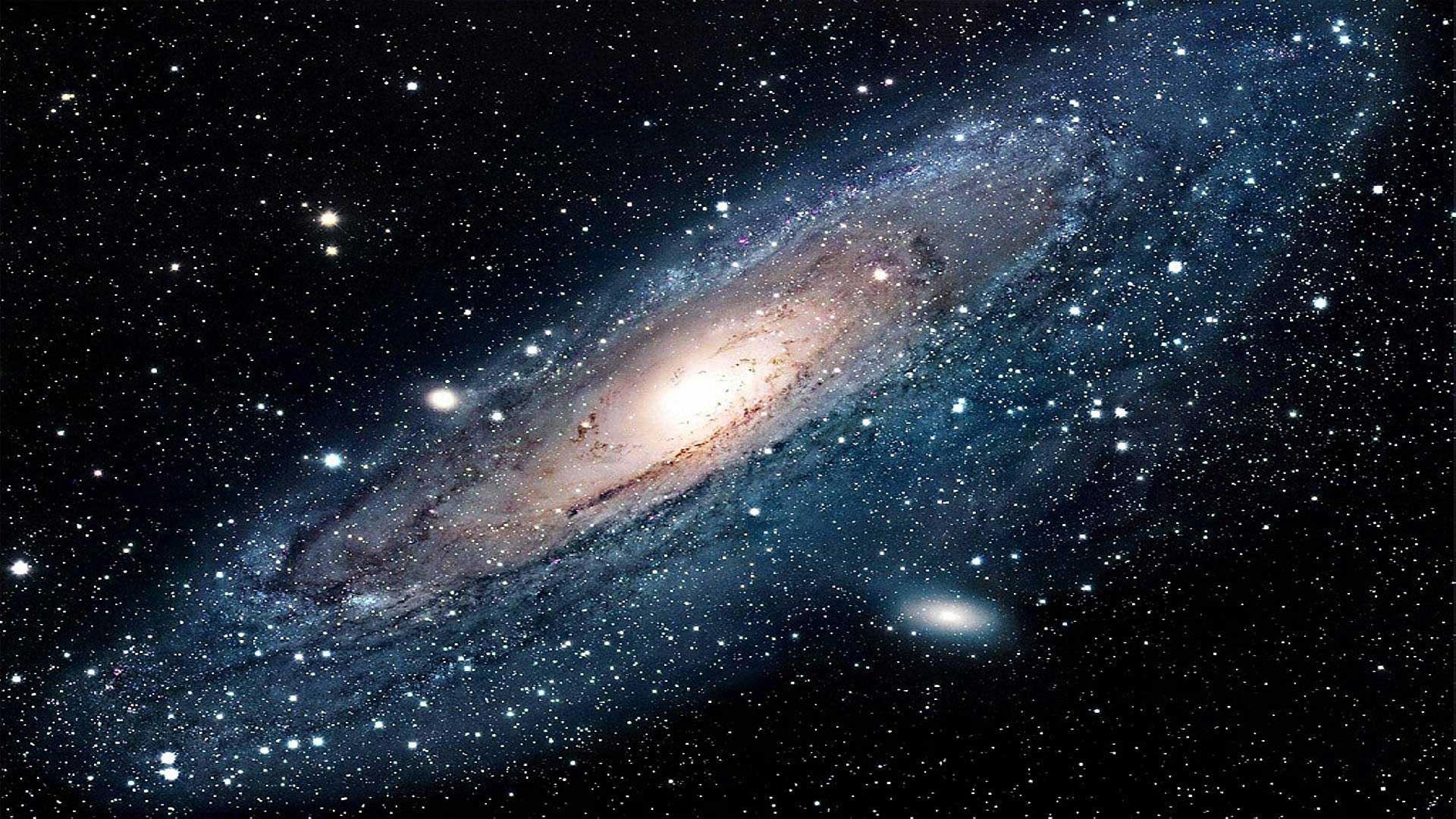Almah
Almah is a new star, formed during the late 23, into the 25th centuries, old reckoning, when the stars that were Talitha merged together. See the history section below to learn more about that.
Almah has no planetary masses, due to how young the system is. Surrounding the star is primarily a nebulous gas cloud, though there are several large asteroids up to 5,000km across, with many being only a few dozen meters, or even smaller.
Almah is a destination for astrophysicists as it is a very rare opportunity to study such a young star system. The system is not claimed by anyone and has been deemed too rich of a scientific resources to allow anyone to claim it. Currently, there are 5 corporations that have created outposts here to study the growth of such a young star and planetary system.
Because of this, the system is completely neutral, with each outpost maintaining their own rules and security. System wide, the 5 corporations have agreed to hire Paragon Security to patrol and secure the system. Protecting the stations and supply vessels from pirates, which rarely come to the system. Many of the security officers think of their patrols as a working vacation.
Two of the corporations have also hired Paragon security for their outposts, so sometimes the staff rotate to patrol duty for a change in routine.
Corporations in Almah
Scientific outposts owned by the following corporations:- Luminarch Corporation
- Canoptech
- Jumpcorp - Larnac Charter - primarily a research division, but provides their own resources through other charters, or chapters within Jumpcorp. The only outpost on a large asteroid, instead of a space station.
- University of Cambridge - Research station
- University of Oxford - Research station
- ZeniMart - Each outpost has a rather large store, but each with a slightly varied inventory. They are able to transfer products for next day delivery if ordered.
- Tykon Corp - One outpost rented space to Tykon to build a small factory. The factory produces robots for sale and use within the system.
Localized Phenomena
When Talitha became unstable and shot off it's matter, it blew UMa B and UMa C into several large pieces, and stripped off all the gasses. In the 500 years since, some of the larger asteroids have begun to grow due to the impacts of other, smaller asteroids.
These asteroids are mostly made of denser matter, such as Iron, Gold, and Iridium. This creates a navigational hazard with the shifting gravitational fields. This is part of what brings so many scientists to the system.
History
Talitha (Iota Ursae Majoris) was a very strange system before it became Almah. It consisted of 4 stars in two binary systems. When the star was found to be binary systems in 1847 OER, the two pairs were 10.7 arc seconds apart. By 1971 OER they had moved to only 4.5 arc seconds apart.
The two systems continued to get closer and closer together as the primary star, called UMa A, began to pull stellar matter from the other stars into itself. This process began in the early 22nd century. Early in the 23rd century the star was no longer able to maintain a balance between it's fusion, and it's mass. This caused the star to first, collapse, and then expand greatly throwing off stellar matter to a distance of up to about 1 light year.
When that happened, UMa B still had some of it's mass, and UMa C still had about 60% of it's mass. This was stripped off and blown into smaller chunks that formed the nebula and asteroids around the system.
The dense core of UMa A managed to stay mostly stayed intact, and began to draw in hydrogen and helium to once again begin fusion by the end of the 25th century.
Type
Star System



Comments